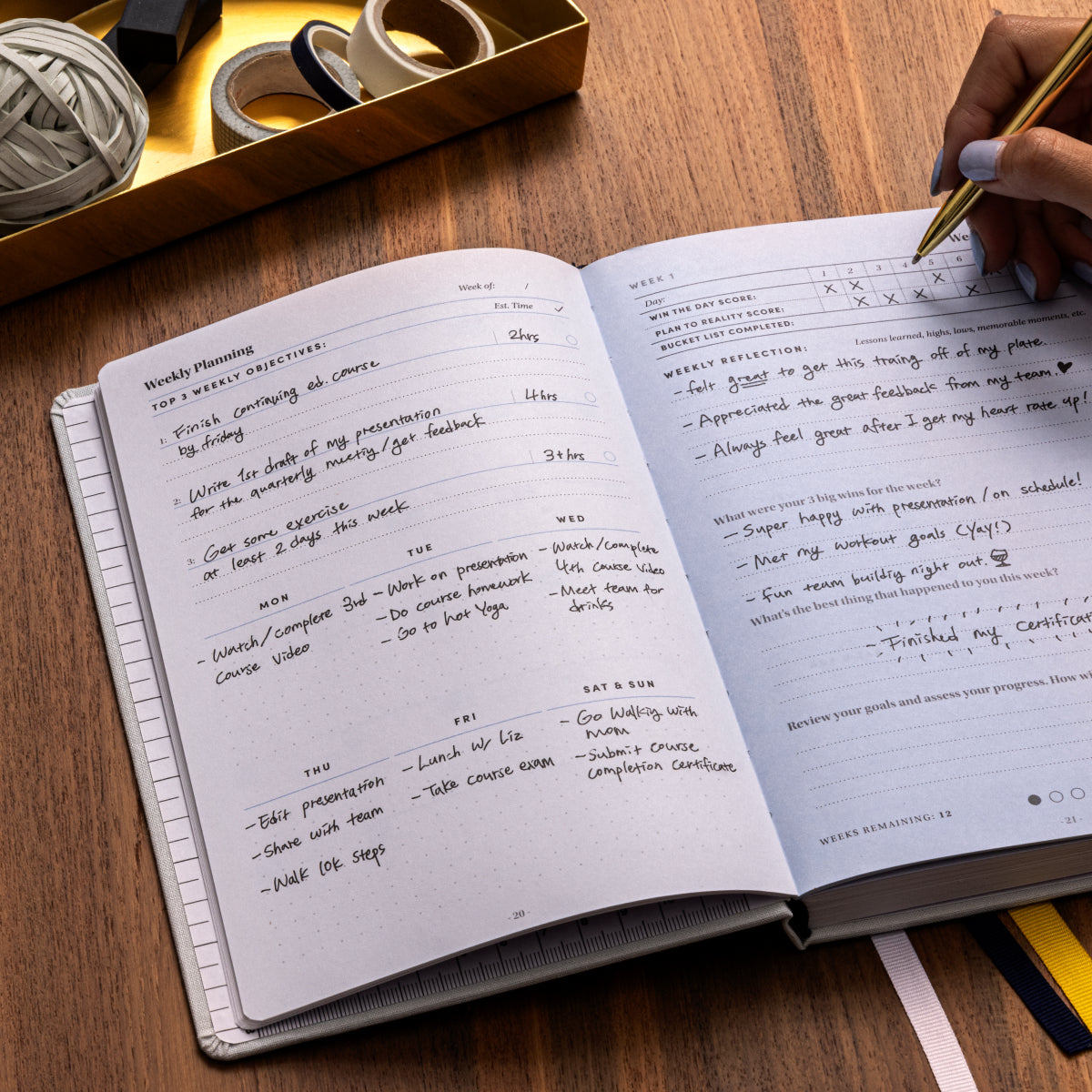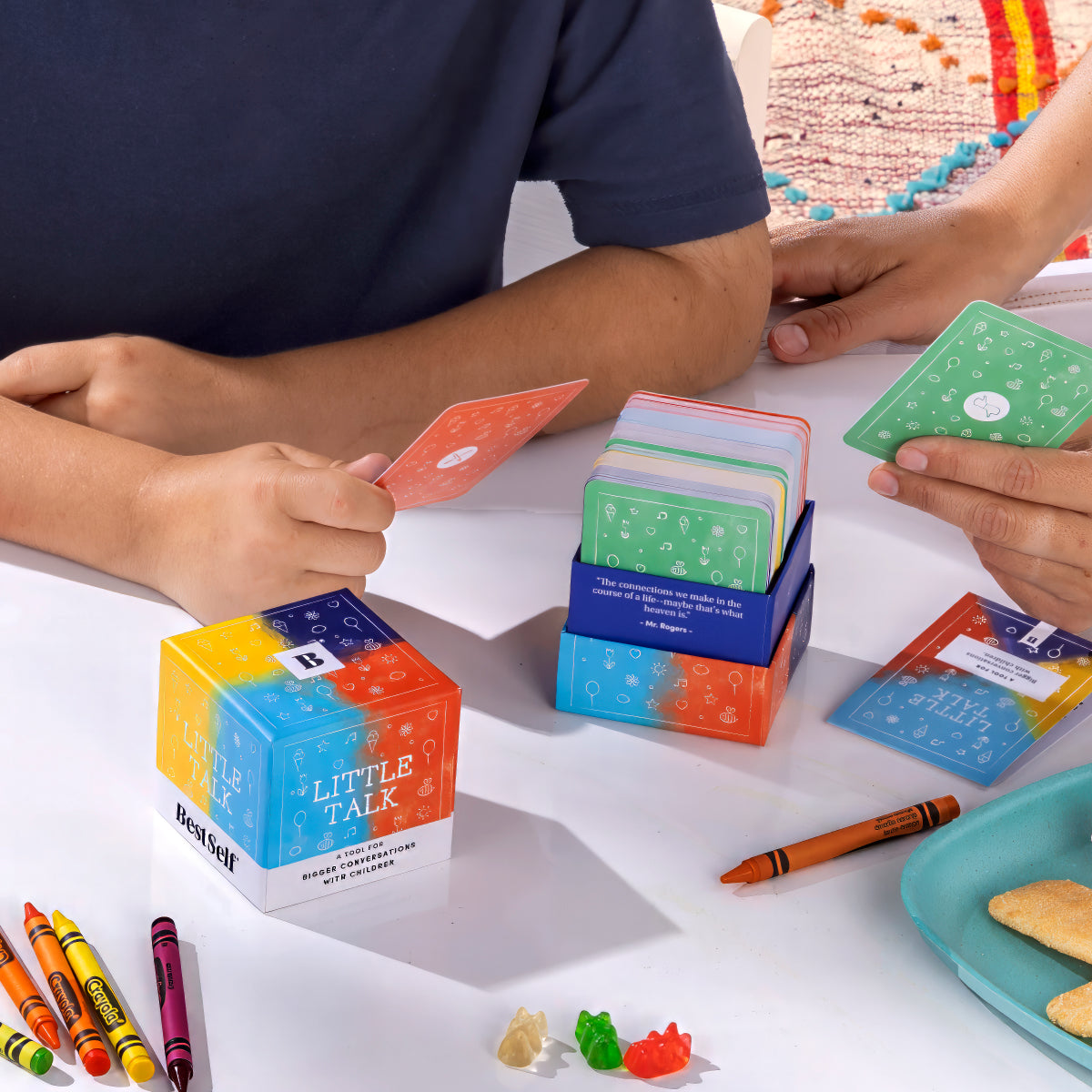Does your level of confidence affect your success? It’s common to think that once you’re successful, confidence comes easily, but confidence actually comes before success.
Research shows that confidence is one of the most, if not the most important component of success. When you break it down - it makes sense - how can you expect anyone to believe in you or your products, if you don’t believe in yourself first? No wonder some of the greatest entrepreneurs in the world attribute their success to confidence.
“Self-trust is the first secret to success.” - Emerson
“Self confidence must come from within. Outside reinforcement and strokes can help, but you have to build your own confidence.” - Steve Jobs
Keep reading for the inspirational principle that one crazy successful entrepreneur lives by and how to be confident in your own life in 3 simple steps.

The Confident Way

We never know for sure what the outcome of our actions will be. When we believe in ourselves and our ideas, unexpected greatness can result from confident steps. Phil Knight, founder of Nike, a company which needs no introduction, shared an inspirational example of this in his book Shoe Dog.
In 1962, Knight boarded a plane to Tokyo with no assets other than his plane ticket and what he called his “crazy idea”. This “crazy idea” was to import shoes from the Japanese running shoe company Onitsuka into the American market to create competition for Adidas. When Knight tells the story, he recounts that before meeting with Onitsuka, in his only suit and with essentially no business experience, he told himself “You are capable. You are confident. You can do this”.
Knight was so out of his league that when Onitsuka asked what company he worked for, Knight had to make up a company name on the spot, and so Blue Ribbon Sports (rebranded to Nike in 1971) came to life. Onitsuka agreed to sell him samples and to let Knight represent them in the American market. Knight started selling these shoes out of the trunk of his car. From his confidence in taking on the meeting with Onitsuka, the multinational company, Nike, was created.
This level of confidence comes largely from a lack of fear, elimination of doubt, and the ability to look at mistakes as learning experiences.
Are you thinking to yourself “but fear is hard to shake” or “doubt is always going to be there”? Don’t worry, in the next section you’ll find simple steps on how to gain self confidence and success.
How to be Confident

Step 1: Decide on the what and don’t worry about the how.
In his book, “Screw it, Let’s Do It”, Billionaire Richard Branson, founder of the Virgin Group, which oversees more than 400 companies, says “The best lesson I learned was to just do it”. He talks about just choosing the what and going for it without worrying about the how, because the how can always be figured out. He has built an empire on this.
Keep your focus on your what, don’t waste a drop of your focus on doubt and you take away its power.
Don’t make excuses. When we are faced with something new, we often make huge lists of excuses that stop us from trying. Instead, think about all the times you’ve doubted something that ended up working out great.
After you’ve decided on the what, plan out the how, but don’t let it make you doubt your goal or keep you from it. It make take some trials and tribulations, but the how can always be created so it should never get in the way of the what.
Step 2: Remove can’t from your vocabulary
Can’t is fuel for doubt and it really just doesn’t make any sense. Can’t stops us from trying, and there is no way to know that you can’t do something, other than actually trying to do it.
Instead of saying “can’t”, say “how can I?”.
View everything as learnable, because it all is. Since anything can be learned, other than some real physical limitations, there is nothing you can’t do!
The first step is the hardest, and if you focus on all the possible road bumps ahead you may never take it.
“It is not because things are difficult that we dare not venture. It’s because we dare not venture that they are difficult.” - Seneca
Step 3: View mistakes as learning opportunities.
What if failure wasn’t the end? When you think of failure as permanent, it can be easy to become discouraged and believe that there’s no moving forward. But, if we are confident in our ability to improve, then failure doesn’t have to be the end.
Psychologist Carol Dweck did an eye opening TED talk on the fascinating concept of “not yet”. At a high school in Chicago, students were expected, as they usually are, to pass certain courses in order to graduate. But, when students didn’t pass the courses, instead of being given the traditional grade of “failed” they were given the grade of “not yet”.
Instead of reprimanding yourself for mistakes, learn from them.
Recognize and accept your mistakes, you are not defined by them.
Don’t hold onto your mistakes, instead reflect and figure out why they were made. While doing this, keep it real. Don’t blow your mistakes out of proportion and don’t downplay them.
Apply what you’ve learned with the intent of avoiding similar future mistakes, but with the understanding that they will always be a part of success.
“The only real mistake is one from which we learn nothing.” - Henry Ford
Apply the “not yet” method to your personal grading system.
Celebrate your process. Instead of only celebrating complete success, recognize and celebrate your improvements.
Try implementing a success timeline. Draw out a line that starts with your first step, and ends on your goal. Everytime you succeed in a step to reaching your goal, make a mark on your timeline.
When you face a mistake or failure, remind yourself that it’s not the end. You just may not be there yet so keep adjusting and trying until you get there.
Risky Business
Business and risk go hand in hand, and that’s in large part why confidence is so essential. Taking risks involves having enough self confidence and courage to dive into something without knowing what the outcome will be. In business and in life, it takes confidence to take risks, but taking risks can actually even build more confidence. When we take risks, either they work out and we build confidence through the win, or they don’t and we gain confidence through learning that we can handle more than we think.
Calculated Risks
Let’s bring it back to Richard Branson for a minute. Branson is known for his risk taking. He's a self proclaimed risk taker, but he knows the importance of smart risk taking over blind gambles. He weighs out the odds of the risks. He has a high level of self confidence and takes risks without letting fear get in the way. He’s been confidently taking risks since way before he gained success.
Leonard C. Green, founder of the Green Group and a professor at Babson College, one of the best entrepreneurial schools in America, emphasizes a valuable lesson to his students. “The difference between risk takers and calculated risk takers is the difference between failure and success.”
Taking Calculated Risks
Take the risk, but do some research first.
Make a flexible plan.
Be prepared to learn from any risk that you take. Apply what you learn to the calculation process of the next risk you take.
Remember that taking risks helps build your confidence through stepping outside of your comfort zone. Each time you do this you become more comfortable with the process and more confident in it, regardless of the outcome.
Apply Failure to Build Future Success
It might be hard to imagine that you will ever succeed in the face of multiple failures. Maybe even harder to imagine being confident with more failures under your belt. At these moments, try to remember that many of the worlds greatest successes come from the failure of people who had enough self confidence to try again.
Thomas Edison failed over, and over, and over again before discovering the life changing invention of the practical light bulb. Bill Gates was once the owner of a failed business. The list goes on and on.
Companies like Amazon and Google believe that success comes from failure and like to hire people who've failed at something bold. They view it as likely that these people will succeed at something great in the future.
Building Confidence Through Failure in Your Life
Use any failure as an opportunity to change what isn’t working and try again. Look at self belief as a muscle, the more you use it, the stronger it gets. Failure makes us tough and prepares us for taking on more.
Remember that it is better to fail at something bold than settle for mediocracy.
Think of each failure as a “not yet” on your path to success.
For more steps on coming to terms with failure so that you can apply it to success, check out The 5 Things You Have To Do When You Fail At Something Big.
How to Bring it Back to a State of Confidence When Doubt Starts to Take Over

1.) Write down big wins that you’ve had in the past. Break it down into accomplishments you’ve made in the past week, the past month, and the past year - no matter how small. Reminding yourself of times you’ve succeeded in the past will build your confidence. Put reminders of these accomplishments around your work and home space.
2.) Use resources like Best Self’s Manifesto to provide you with aesthetic daily reminders to focus on your biggest challenges and reach for your goals with confidence. This manifesto serves as a reminder that you’re not alone on your journey. Building self confidence is easier when you know you’re not alone.
3.) Find a mantra that brings you confidence
When I’m in need of an extra confidence boost I tell myself “Everything I need to accomplish this, I already have.”
Find your mantra, and repeat it to yourself when doubt starts to take over.
Success From Building Self Confidence

The only thing standing in the way of your success is your own self doubt. Once we remind ourselves of our past success and start turning mistakes into a learning experience and an opportunity to grow, confidence comes easily. Use your daily reminders and tools like Best Self’s Manifesto to keep you focused on your goals and view every mistake as a “not yet” on your path to success, and you will reach your destination.








Leave a comment
This site is protected by reCAPTCHA and the Google Privacy Policy and Terms of Service apply.